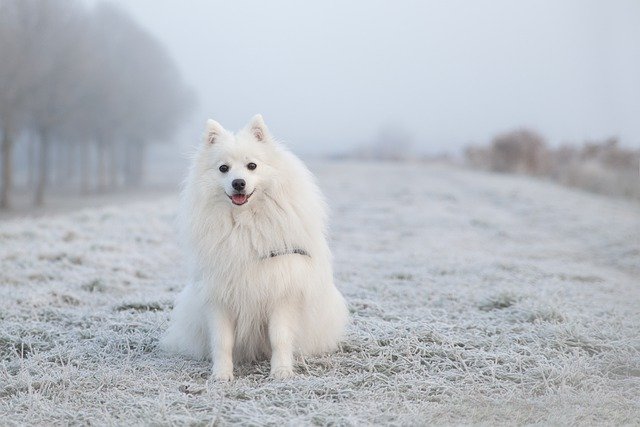How a Keeshond Will Add Joy To Your Family
The Keeshond maybe a medium-sized breed that originated in Europe. The dog was bred for companionship. The breed is additionally referred to as Keeshonden, and that they are very playful. These dogs are known for his or her intelligence and energy.
They are quick learners, but also can develop bad habits out of boredom. However, the Keeshond is extremely wanting to please and with the proper fit, both the dog and therefore the family should enjoy one another.
The keeshond is quick and agile with amazing jumping ability. they're excellent agility and obedience dogs, taking them to classes as a sort of exercise may be a good way to stop mischief behavior, by providing adequate mental and physical stimulation.
Keeshonds love children and their family, and long to spend time with their human pack. This dog doesn't have the best with long periods of separation from human contact. These dogs generally like other dogs and luxuriate in dog-dog play also as human-dog play. sometimes Keeshonds can bark, because they're very alert and aware, as an indication of their loyalty.
Their training must be consistent to stop nuisance barking, although they're not aggressive dogs. They often make great companions for youngsters. they need often been mentioned as “their owner’s shadow” and “Velcro dogs”, due to how close they wish to be to their human pack.
Their coat is long and fluffy and will not be shaved. Their coat protects the dog from the weather and insects but doesn't require frequent bathing. Although some sources suggest that adequate grooming is often finished one hour every week, I suggest a couple of minutes each day is best for the owner’s time and therefore the dog’s enjoyment and a spotlight span. also because of the overall look of the coat.
Where Did The Keeshond Come From?
The Keeshond is believed to be a decedent of the “Wolf Spitz” or “German Spitz”. The dog originated within the Netherlands and Germany around the 18th century. Keeshonds were used on the riverboats and barges as watchdogs and as travel companions.
The Keeshond was named after the Dutch Patriot, Cornelis “Kees” de Gyselaer the leader of the political rebellion against the House of Orange. The dog became a logo for the rebels. “Hond” is that the Dutch word for “dog”, therefore the name “keeshond” was formed.
When the House of Orange was restored to power, people were reluctant to spot with the rebels and therefore the Keeshond breed diminished in popularity almost to the purpose of extinction during the late 19th century. The American Kennel Club initially refused to acknowledge the breed for what it represented. However, there remained only a couple of independent breeders who continued to breed the Keeshond.
By the 1920s, Baronesse van Hardenbroek is credited with preventing the breed’s extinction. In 1924, the Nederlandse Keeshond Club was formed. Over the subsequent decade, the breed found its way to NY.
The Keeshond was finally accepted into the American Kennel Club in 1930; despite the breeds near extinction resulting from the House of Orange rebellion and therefore the breeds diminished reputation after war I. Today, the Keeshond continues to thrive.
 |
Keeshond Health |
Keeshond Health
Of course, most Keeshonds are going to be born healthy and live long happy lives. However, like all breeds, Keeshonds are still vulnerable to some medical ailments.
- Hip dysplasia
- Luxating patella (sliding knee joint),
- Epilepsy (seizure disorder),
- Cushing’s Syndrome (increased cortisol or “stress” hormone levels)
- Hyperparathyroidism (Increase parathormone production)
- Hypothyroidism (decreased production of thyroid hormone)
- Von Willebrand’s Disease (Hereditary blood coagulation disorder)
These health problems also can affect other breeds of dogs. it's important to understand that not all Keeshonds will have health issues. The health risks I even have listed are treatable with medication or surgery. Von Willebrand’s Disease only requires medical intervention in cases of prolonged bleeding. Otherwise, your dog will live a traditional life no matter the chronic condition of Von Willebrand’s Disease.













0 comments:
Enregistrer un commentaire